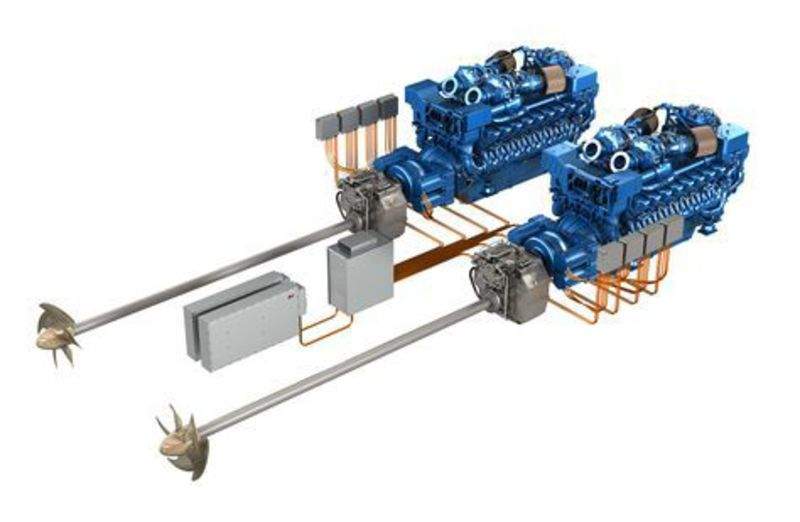SOURCE: RAUNAK KUNDE / NEWS BEAT / IDRW.ORG

UK’s Chief of Defence Staff Admiral Sir Tony Radakin who was in India has talked with his Indian counterpart and other Chiefs of head regarding a wide range of military cooperation’s between the two countries and niche areas like Integrated electric propulsion (IEP) for Indian Naval future frontline warships.
The United Kingdom has designed an Integrated Electric Propulsion (IEP) system for its Queen Elizabeth Class aircraft carriers and is proposing a collaborative effort with India to develop a localized version of the technology. IEP is a modification of the traditional combined diesel-electric and gas propulsion system used in ships. It replaces mechanical transmission with the electrical transmission, enabling a series hybrid electric propulsion system that eliminates the need for clutches and reduces or eliminates the need for gearboxes.
The power electronics components of the IEP system control the flow of electrical energy to the motors. They consist of power converters, inverters, and other electrical devices that regulate the voltage, current, and frequency of the electrical power to the motors. The power electronics components also enable the system to operate in various modes, such as variable speed or regenerative braking.
Energy storage devices, such as batteries or supercapacitors, are used to store electrical energy for later use. They allow the IEP system to operate even when the power source is not available, and they can also provide additional power during high-demand periods.
The control system of the IEP system manages the operation of electric motors, power electronics, and energy storage devices. It monitors the system’s performance and adjusts the power output to optimize efficiency, reduce emissions, and improve manoeuvrability.
Overall, the IEP system works by integrating several components that work together to convert electrical energy into mechanical energy to drive a vehicle or vessel. This system provides several benefits, including improved efficiency, reduced emissions, increased reliability, improved manoeuvrability, and quieter operation.
NOTE : Article cannot be reproduced without written permission of idrw.org in any form even for YouTube Videos to avoid Copy right strikes